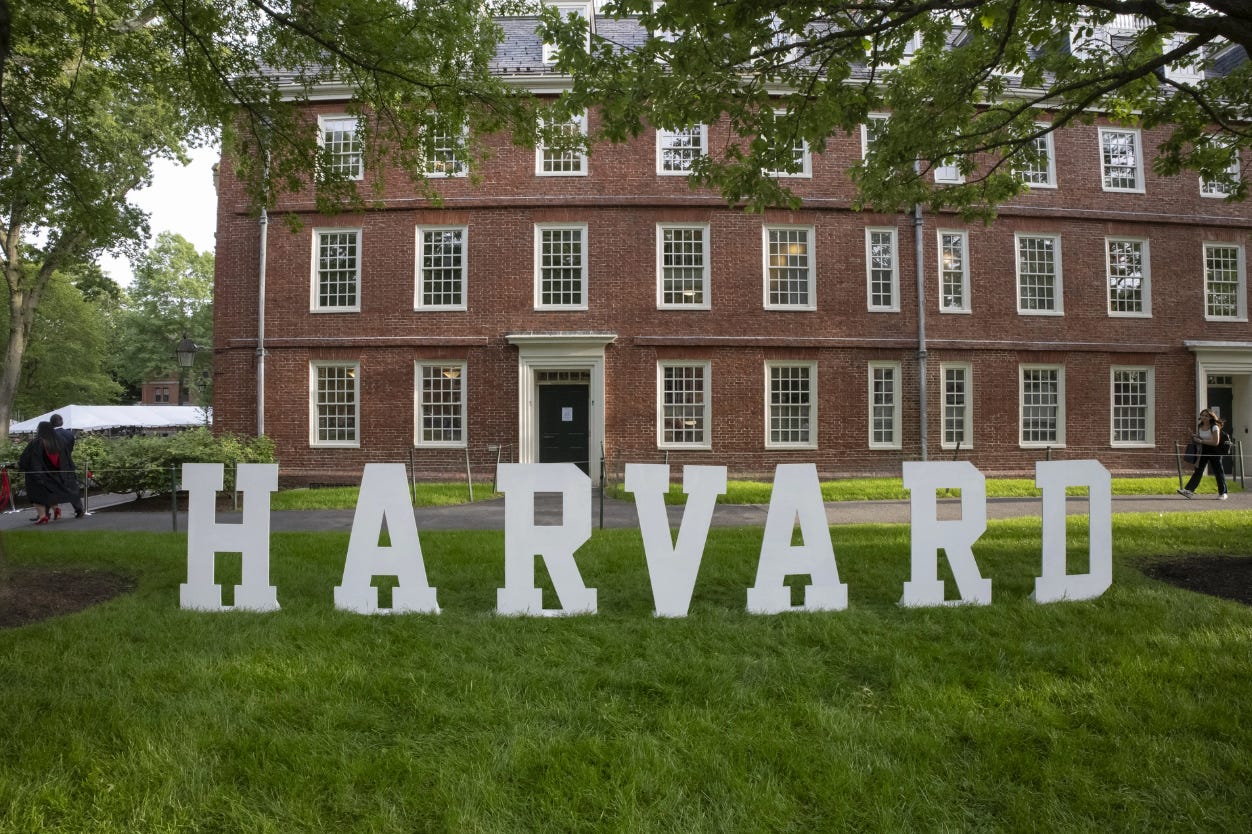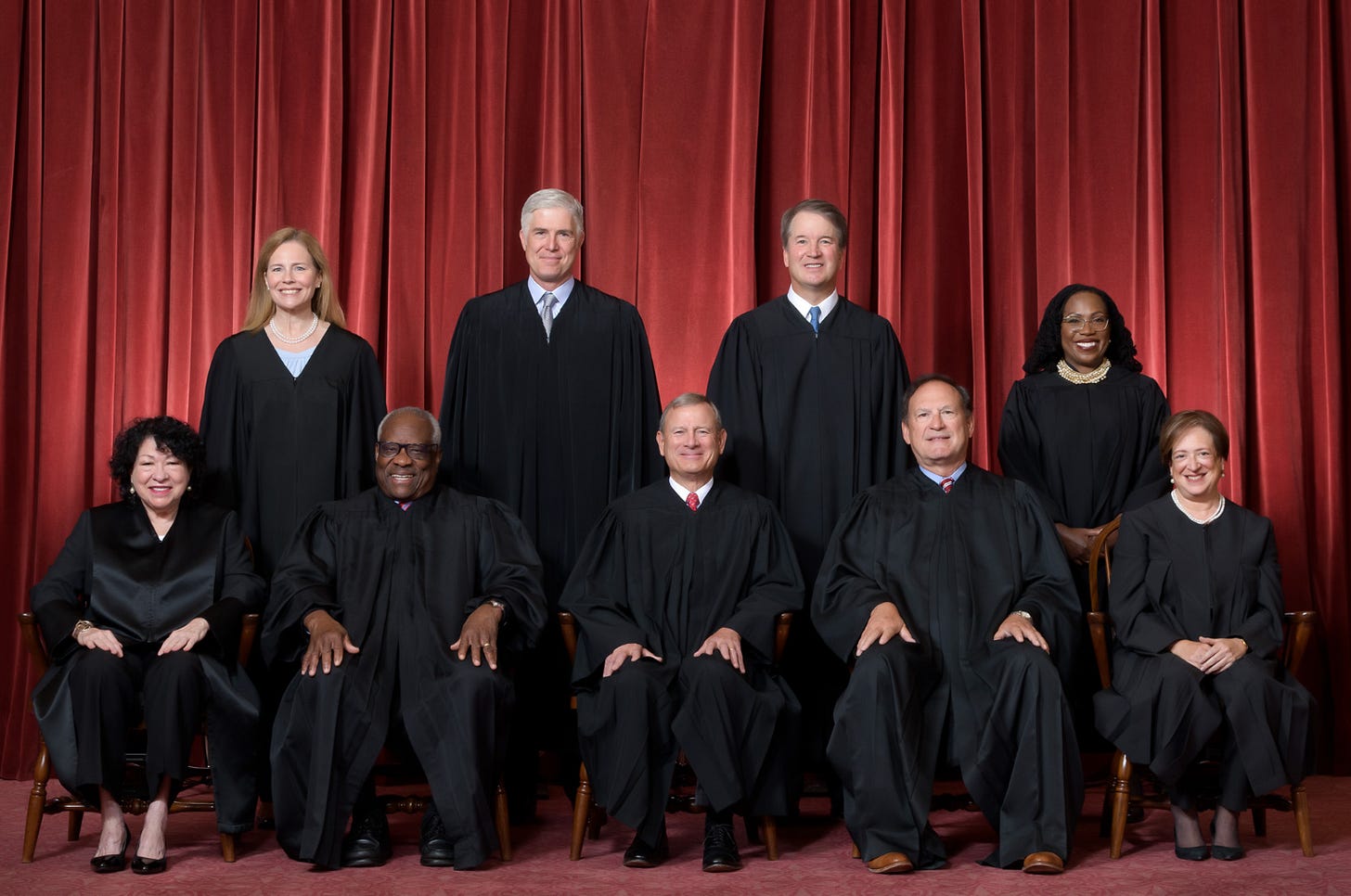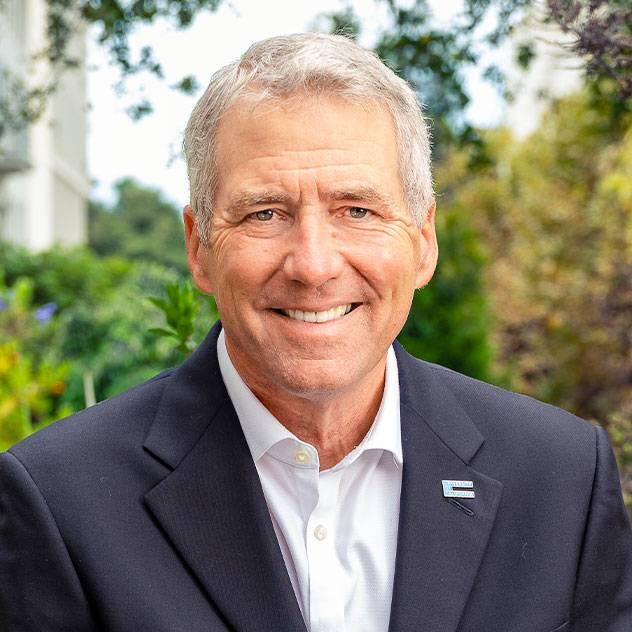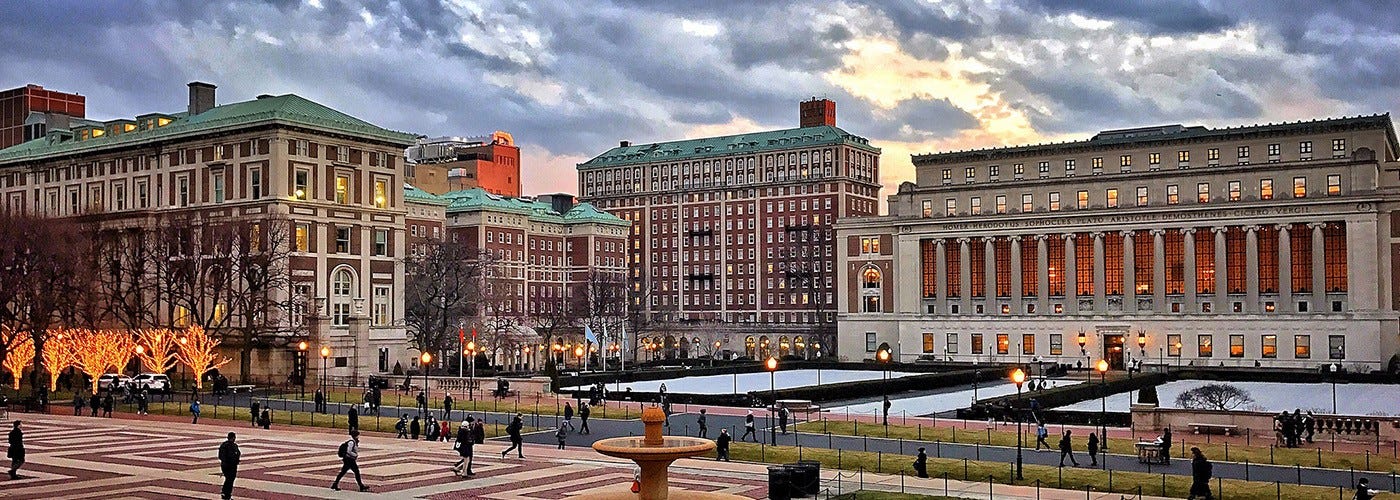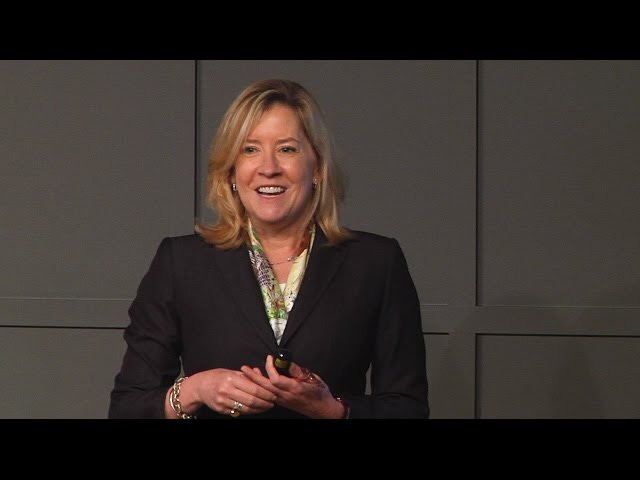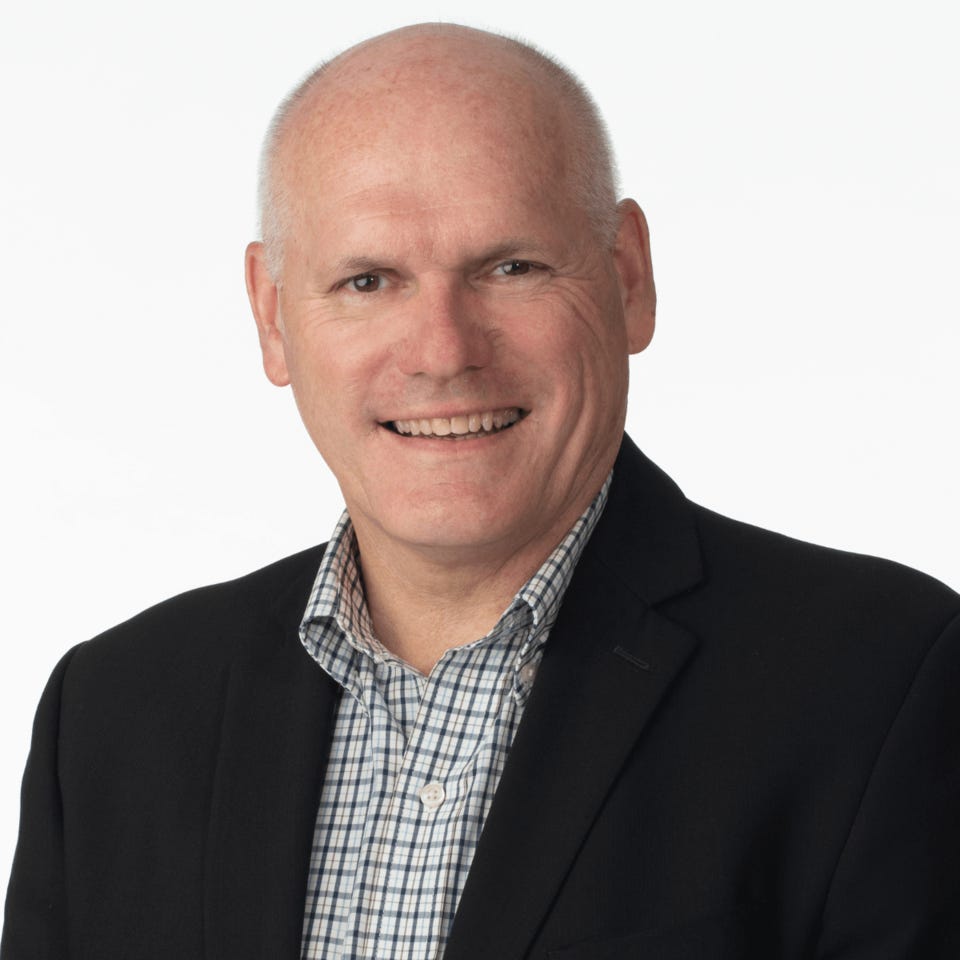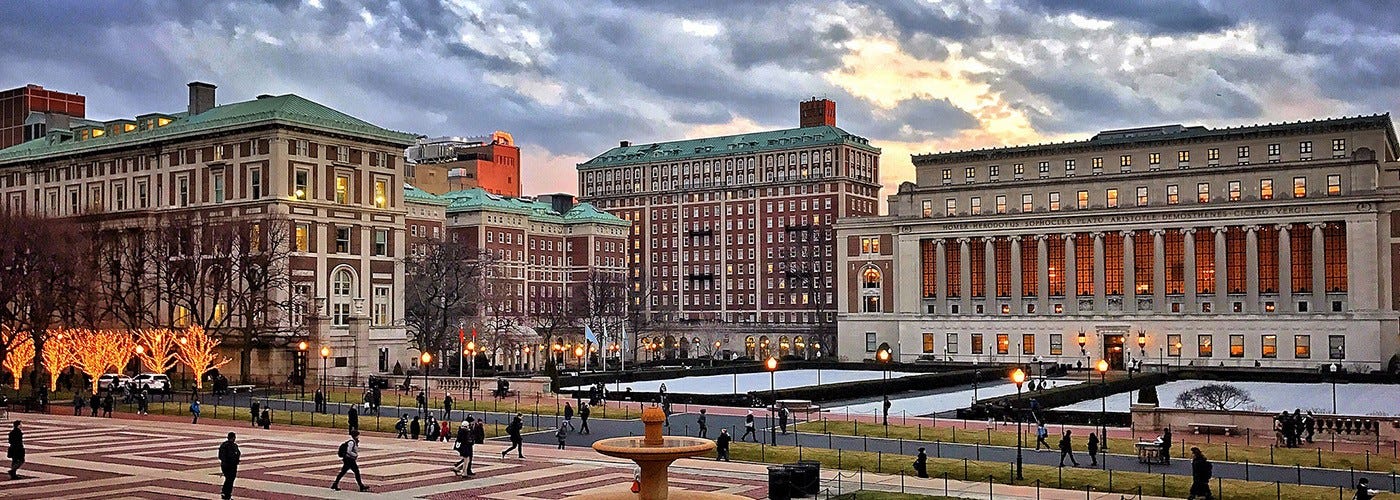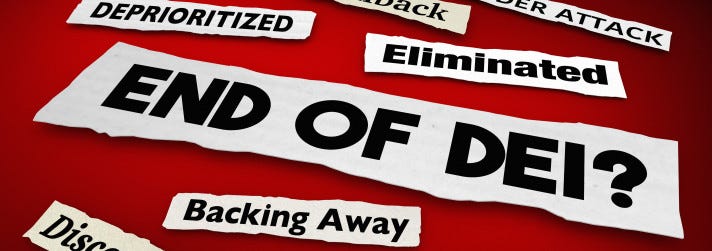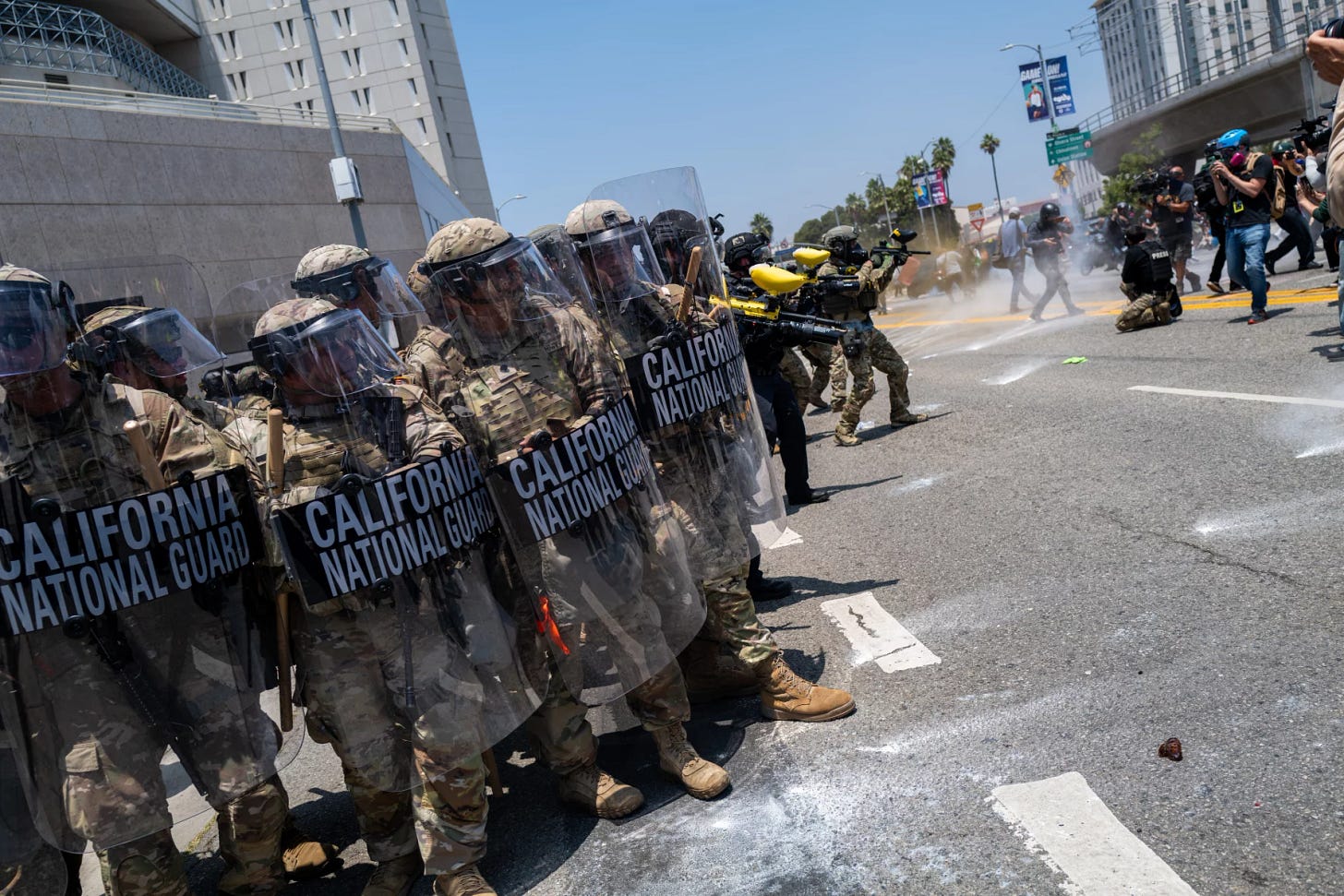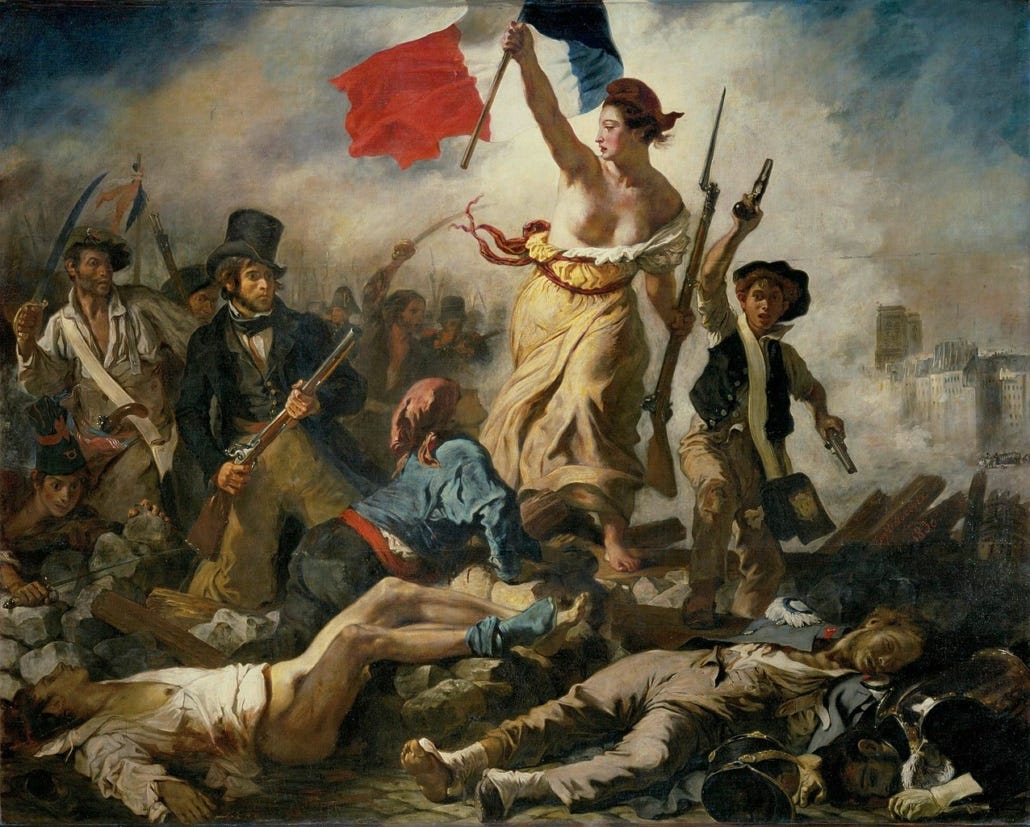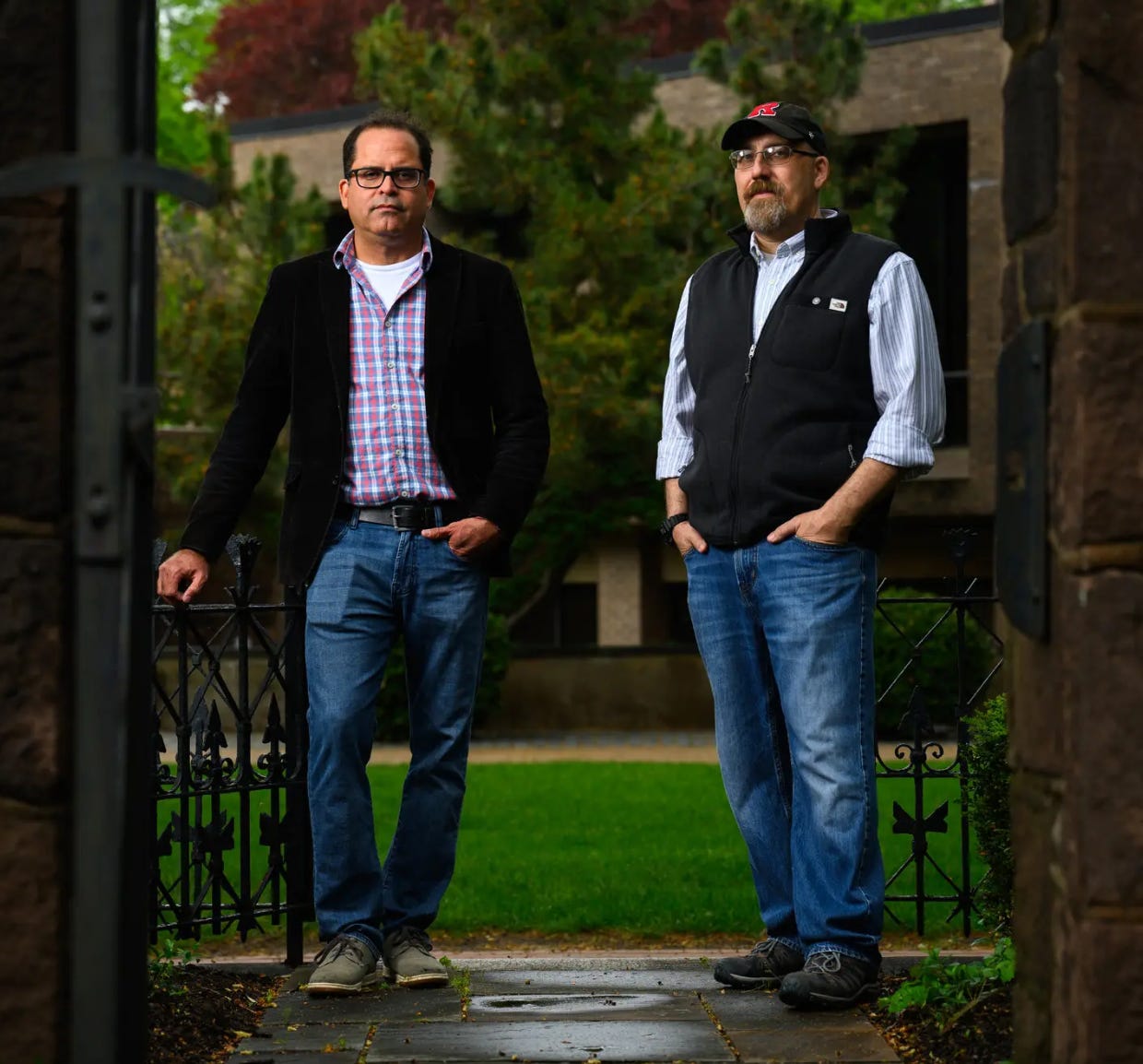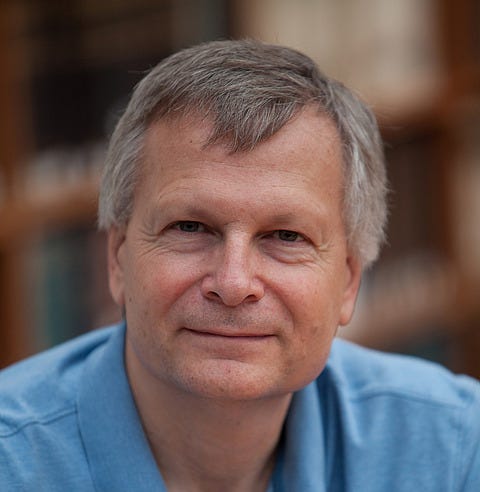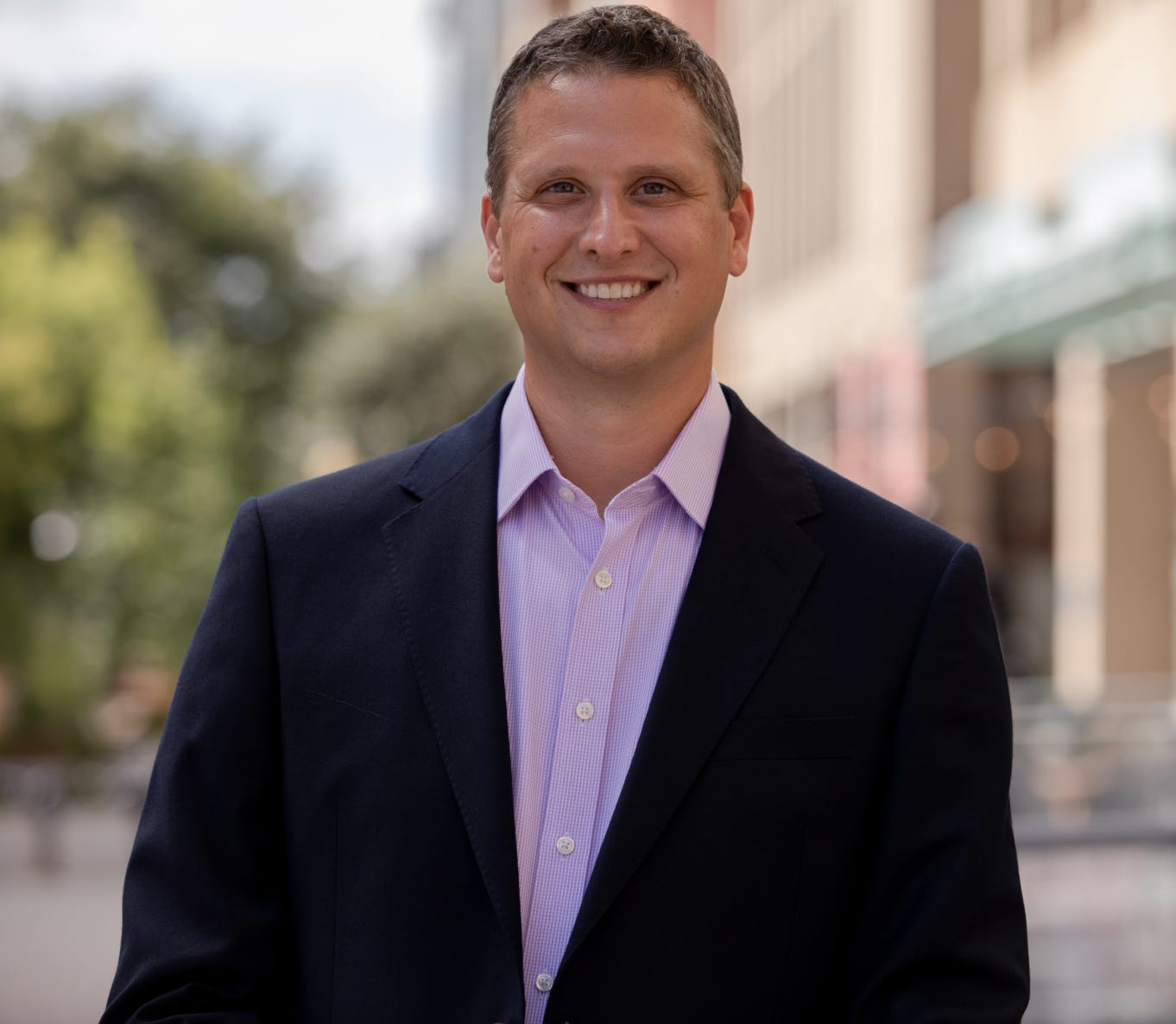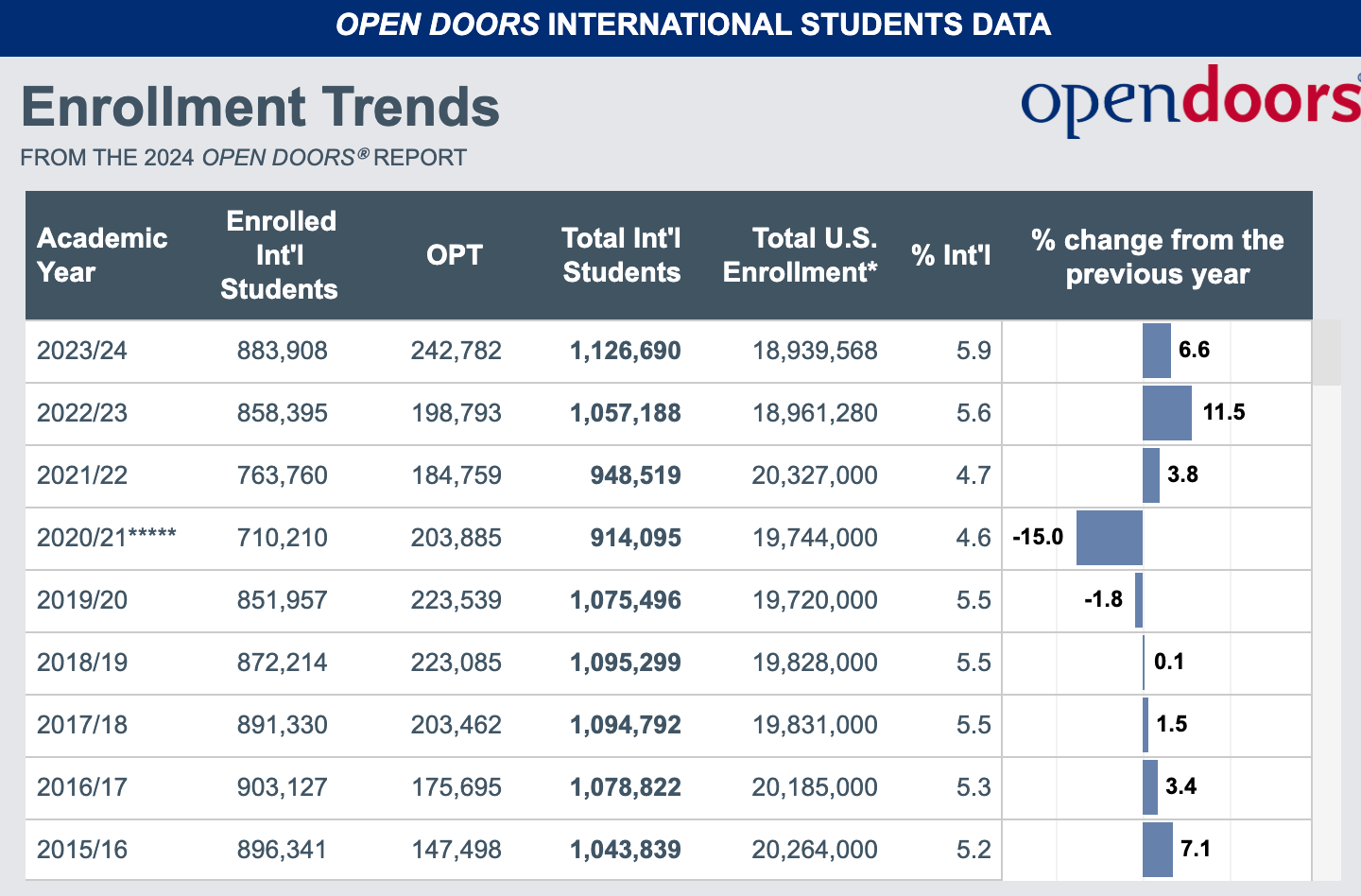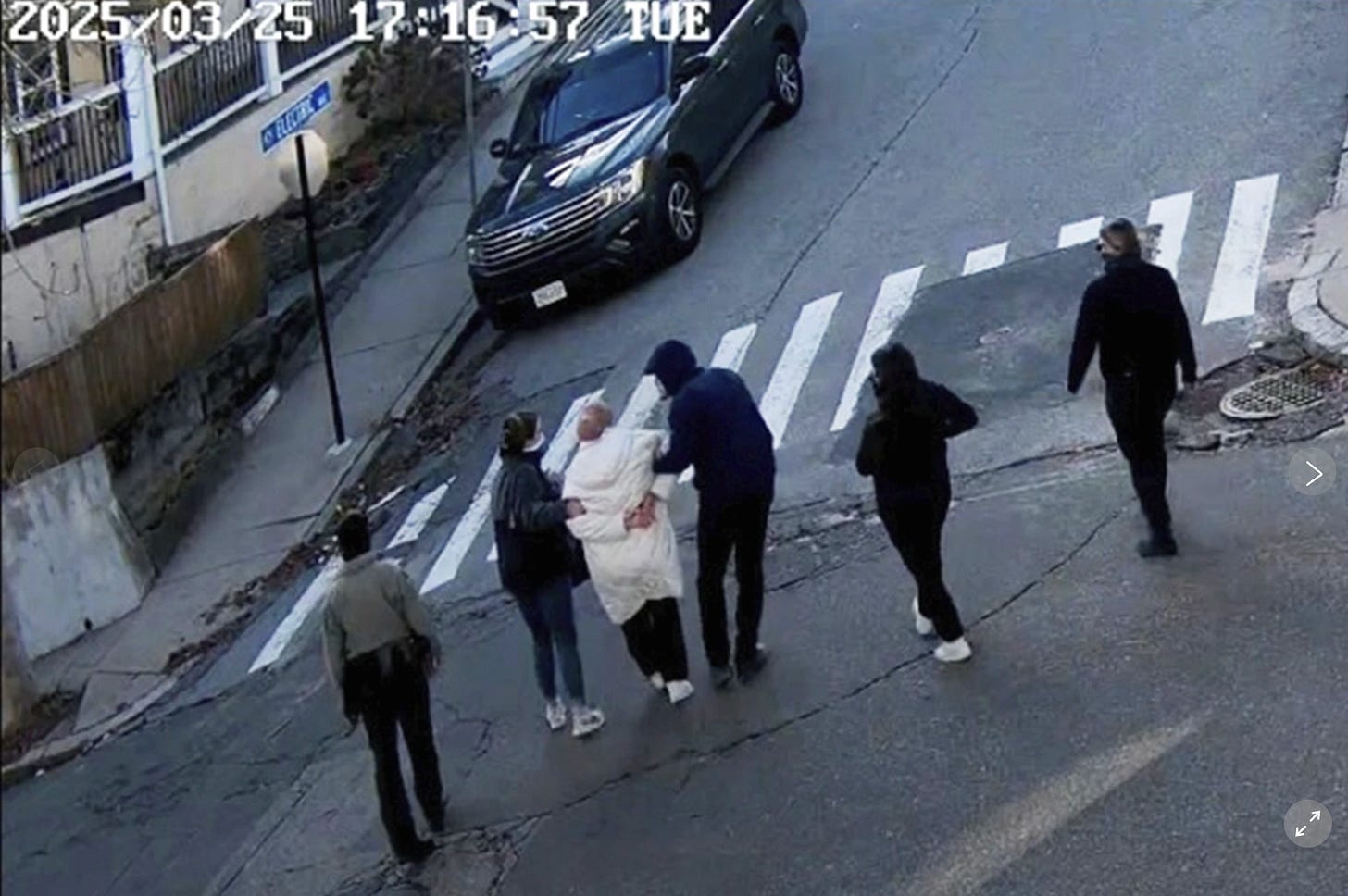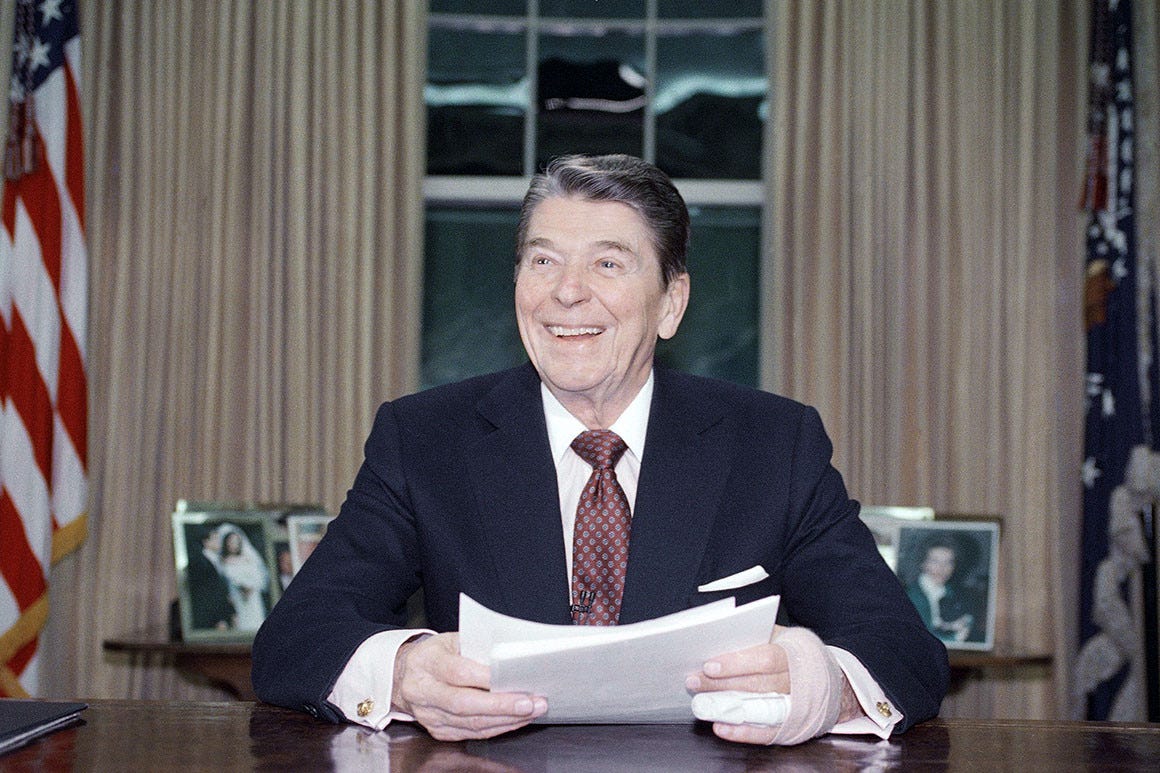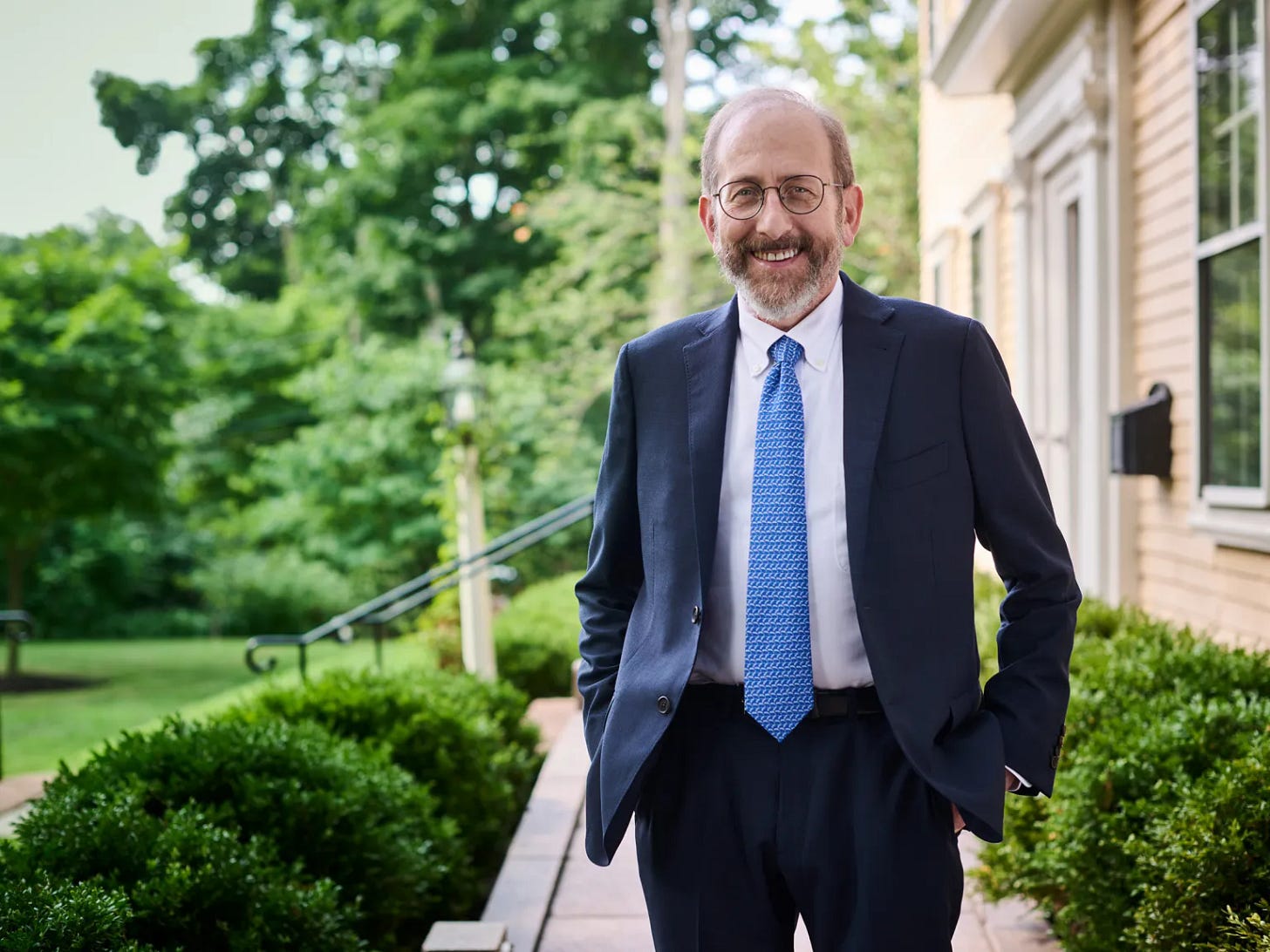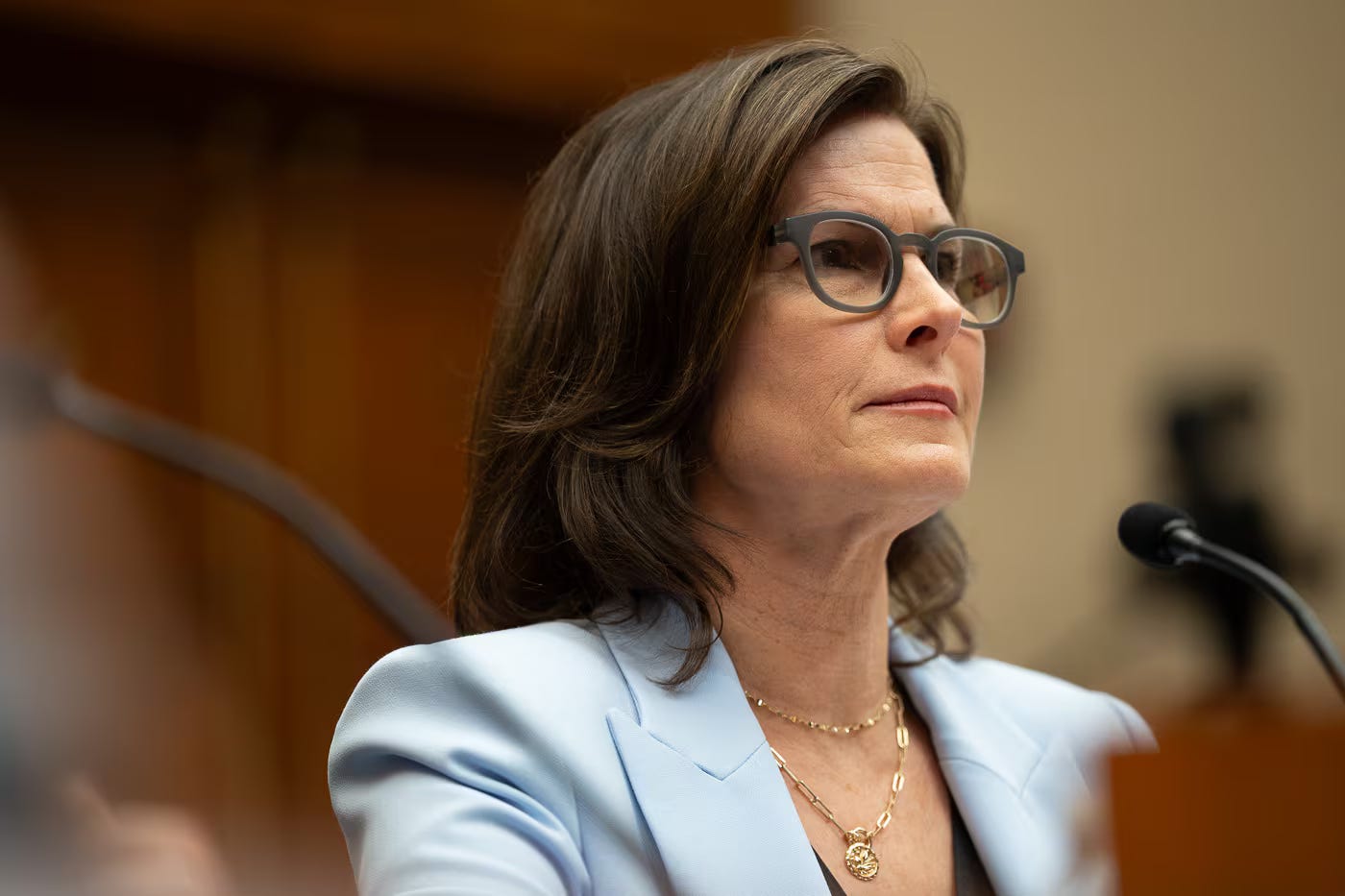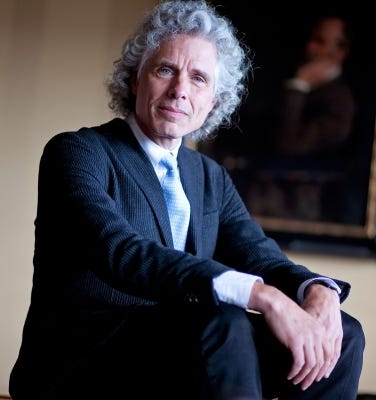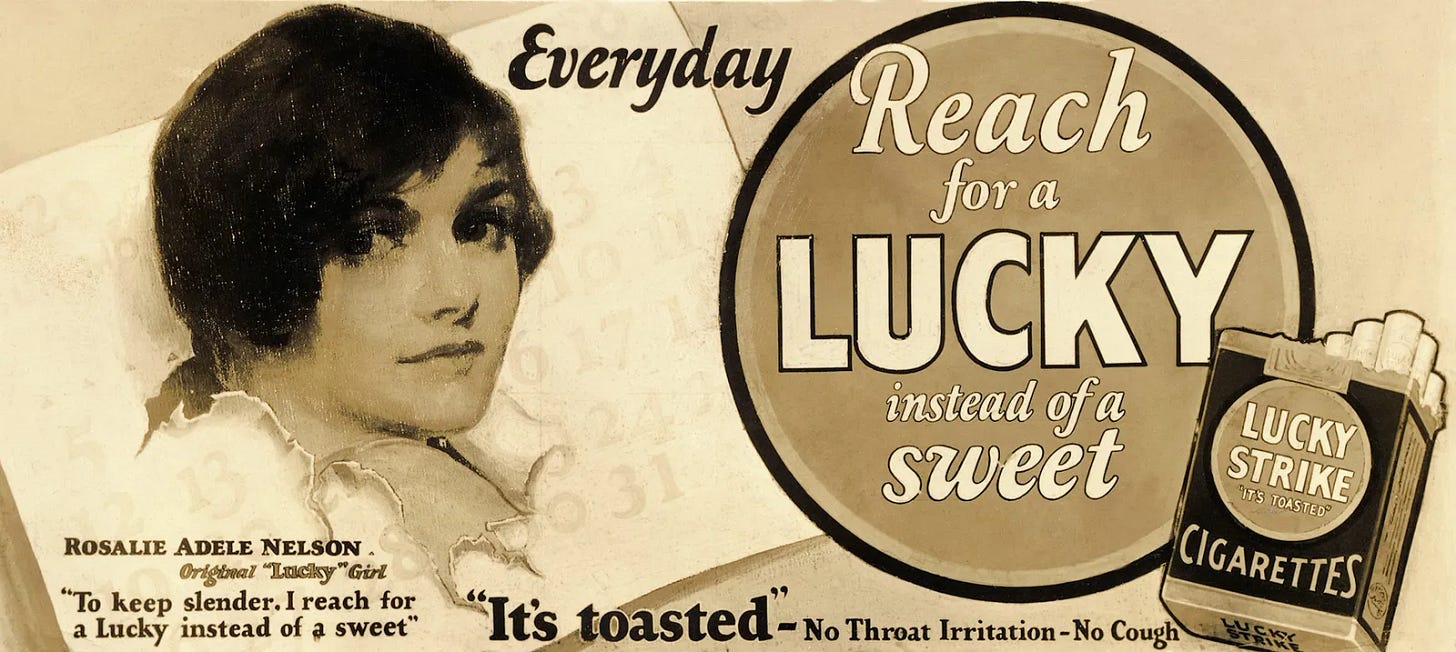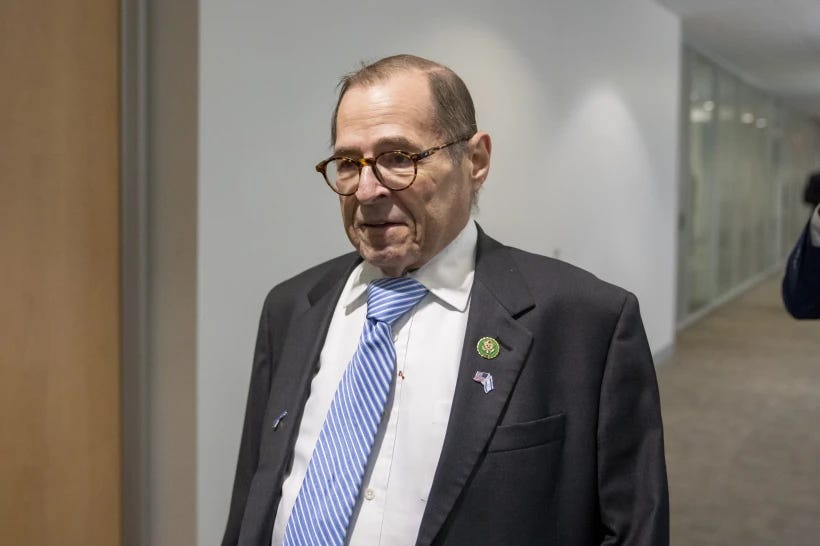An Indiana case tests what intellectual exchange means in the Trump era
Nov 14, 2025

Ah, the hypocrisy.
Indiana last year passed an “intellectual diversity” law. It requires its public universities to develop policies that ensure that faculty foster a “culture of free inquiry, free expression, and intellectual diversity.”
As reported by Insider Higher Ed, schools must consider whether faculty members have “introduced students to scholarly works from a variety of political or ideological frameworks” when deciding whether to give bonuses or renew contracts.
Sounds reasonable, doesn’t it?
But then, enter Jessica Adams, a lecturer at Indiana University’s School of Social Work. Adams was suspended from teaching a graduate-level class titled “Diversity, Human Rights and Social Justice” after a single student objected to a graphic she showed in class.
The graphic described the phrase “Make America Great Again” as socially acceptable covert white supremacy. The term was listed right up there with Confederate flags and denial of white privilege.
A controversial view? No doubt. The sort of thing that might merit a full-blown discussion, one involving pro and con arguments? One might think so.
But after the student complained to U.S. Sen. Jim Banks, the Trump-allied senator contacted IU. He got Adams barred from the course and landed her in the middle of an investigation of whether she broke the new law. Even though she continues to teach three other courses, she now worries that her job is in jeopardy.
No discussion. No truly diverse viewpoints here, it would seem.
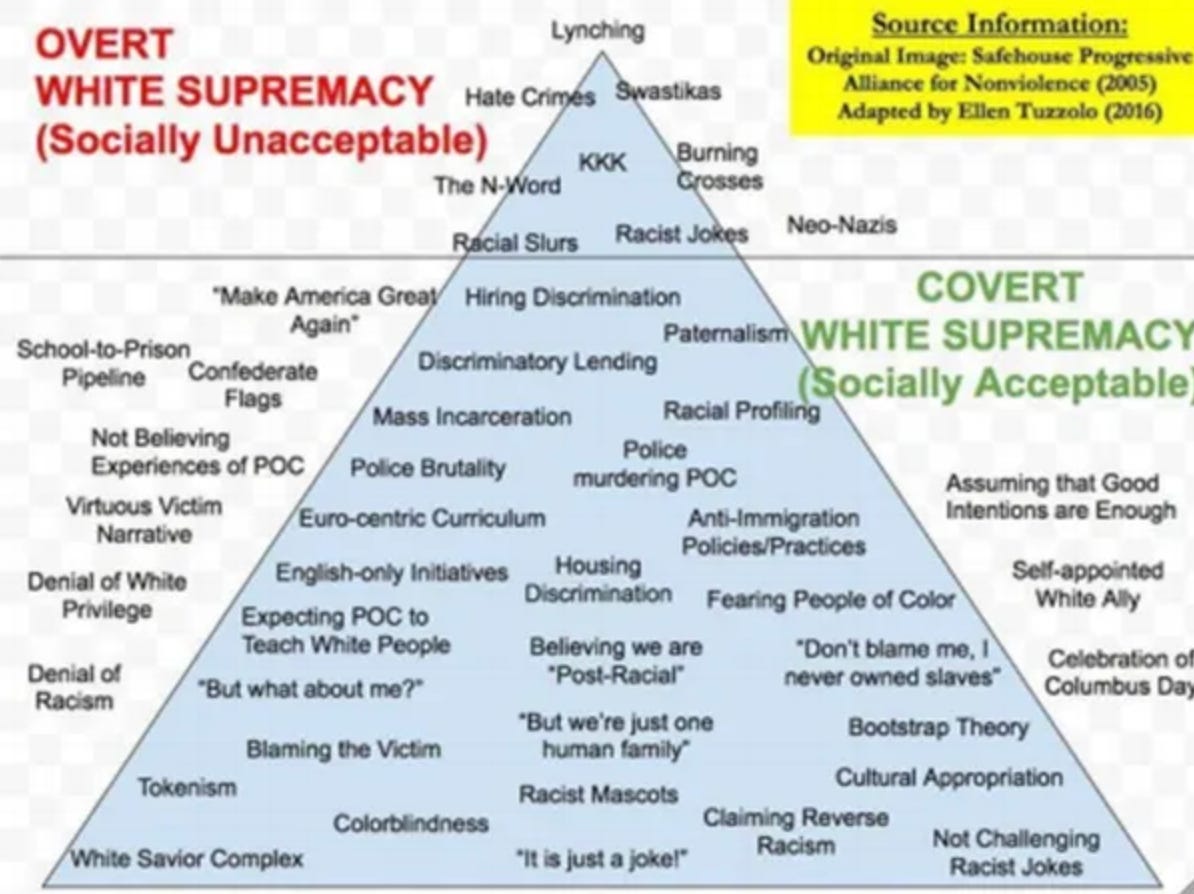
The graphic that Adams used appears to have been updated from one created about 20 years ago by the Safehouse Progressive Alliance for Nonviolence of Boulder, Colorado. Its criticism of the “Make America Great Again” phrase, while something that would certainly offend some folks, is hardly singular.
For years, some critics have seen the term as code for, “Make America White Again.” That’s certainly what former neo-Nazi Christian Picciolini contended in 2017, when he said rightists believe that’s exactly what the phrase means. Indeed, polls have shown that while most Trump supporters see America’s greatest days as in the past, many Blacks disagree.
The “again” part of that phrase seems to evoke far different responses among Blacks and whites, especially at at time when racial resentment seems rampant.
In a 2022 book, “Racial Resentment in the Political Mind,” a dean at the University of California, Berkeley, and a co-author argue that many whites believe Blacks are unfairly advantaged in scholarships and jobs — a view likely not uncommon among Trump supporters. “In that context, any racial progress today is perceived as coming at the expense of whites,” argues the dean, David C. Wilson, a political psychologist.
That’s where the “again” part comes in. Let’s go back to the good old days when any such preferences didn’t exist, it suggests.
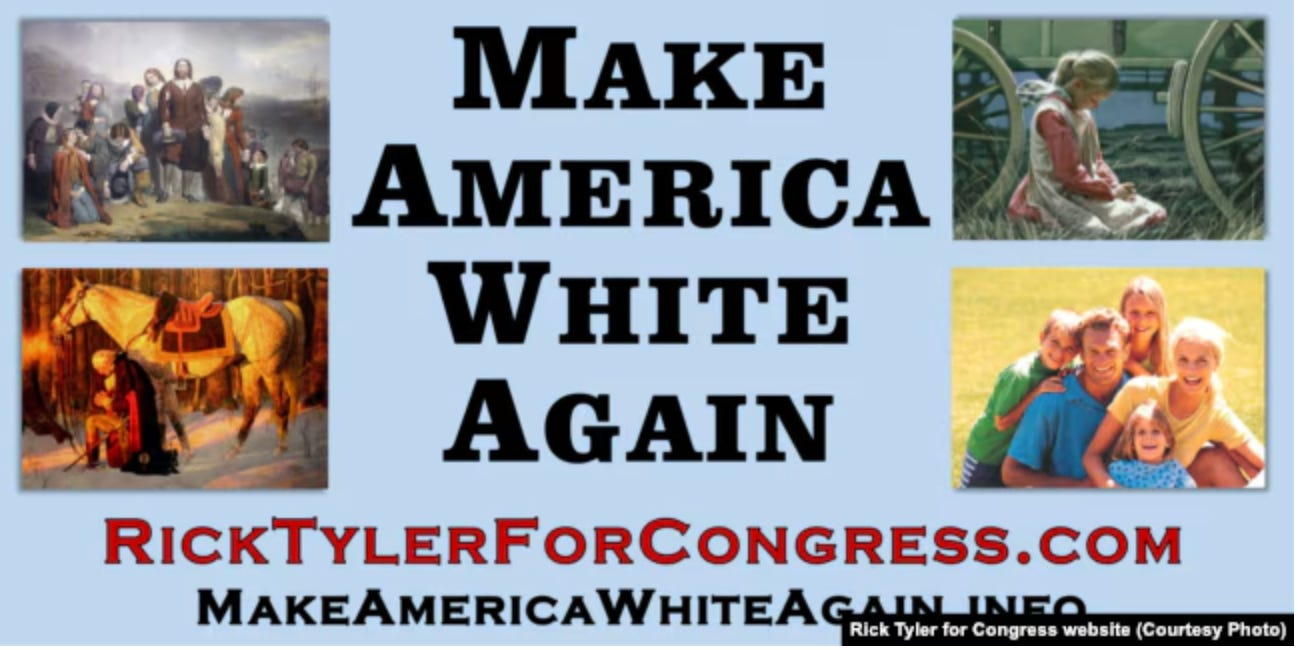
What’s more, at least one would-be politician in Tennessee in 2016 ripped off the Trump phrase to explicitly call on voters to “Make America White Again.” That candidate lost, certainly an encouraging sign.
Wouldn’t all of that be worth discussing in a university classroom? Adams certainly thinks so. “I feel this is an important issue to talk about — censorship, stifling of academic freedom and this real overreach through this legislation,” Adams told The New York Times.
But, for his part, Sen. Banks seemed to think that anything that makes even a single student twitchy has no place in a lecture hall. “At least one student in the classroom was uncomfortable, and I’m sure there are more,” the senator argued. “This type of hateful rhetoric has no place in the classroom.”
So, in other words, “intellectual diversity” means no one should be made to feel anxious. No instructor, regardless of any evidence she could cite, should suggest there might be racism in the term “Make America Great Again” or, perhaps, among those who embrace it.
Presumably, however, it would be acceptable to praise the “Make America Great Again” phrase and the movement and president who use the term. Just don’t criticize it.
To be sure, lots of controversial ideas merit discussion. Students such as the lone objector in Adams’s class should be free to air their views and, perhaps, bat them back and forth with others who may disagree. Such disagreement would seem to be just what should go on in a classroom, especially a graduate level one, wouldn’t it?
As it happens, last night I attended a “Clean Speech” discussion in Denver where disagreement was tolerated, even encouraged — so long as we all were civil and respectful. At my table, we discussed one of the most contentious issues around: whether there should be a two-state solution for Israelis and Palestinians. Not all of us agreed on everything, but all of us learned things.
Isn’t that the sort of thing that should be promoted in university settings, too?
Not to Trumpists, it seems. To them “intellectual diversity” means firing, cancelling, purging those who disagree with them. As summarized well by U.S. News & World Report, their war on higher education has stretched from attacking Ivy League and other schools financially to trying to dismantle tenure and drive out faculty that offend them, often under the guise of combating antisemitism.
Trump has claimed that college campuses have been “infested with radicalism like never before.” He and his allies aim to purge the “woke” agenda wherever they find it.
Adams is just the most recent faculty member to fall prey to the effort,
When the Indiana “intellectual diversity” law was debated, IU law professor Lea Bishop condemned it as “a blank check to fire any faculty member for any reason, at any time, regardless of tenure.” She added it was “radical” and “un-American.”
Many academics slammed the bill. The faculty senates and American Association of University Professors chapters at Ball State, Indiana, Indiana State, and Purdue Universities opposed it. So, too, did the American Civil Liberties Union of Indiana, the Foundation for Individual Rights and Expression, the American Historical Association and the Modern Language Association.
But the critics are fighting an uphill battle with powerful opponents.
When the Trump Administration attacked Harvard in the spring, it cited “viewpoint diversity” as one of its goals. Its letter to the university demanded that it hire a federally approved external party to “audit the student body, faculty, staff, and leadership for viewpoint diversity.”
And it minced no words. “Every department or field found to lack viewpoint diversity must be reformed by hiring a critical mass of new faculty within that department or field who will provide viewpoint diversity.” It called even for admitting “a critical mass” of viewpoint-diverse students, whatever that means.
If the Indiana case is an example, “viewpoint diversity” seems to mean little more than excluding certain views that powerful people don’t like. Is that what universities should be about?


